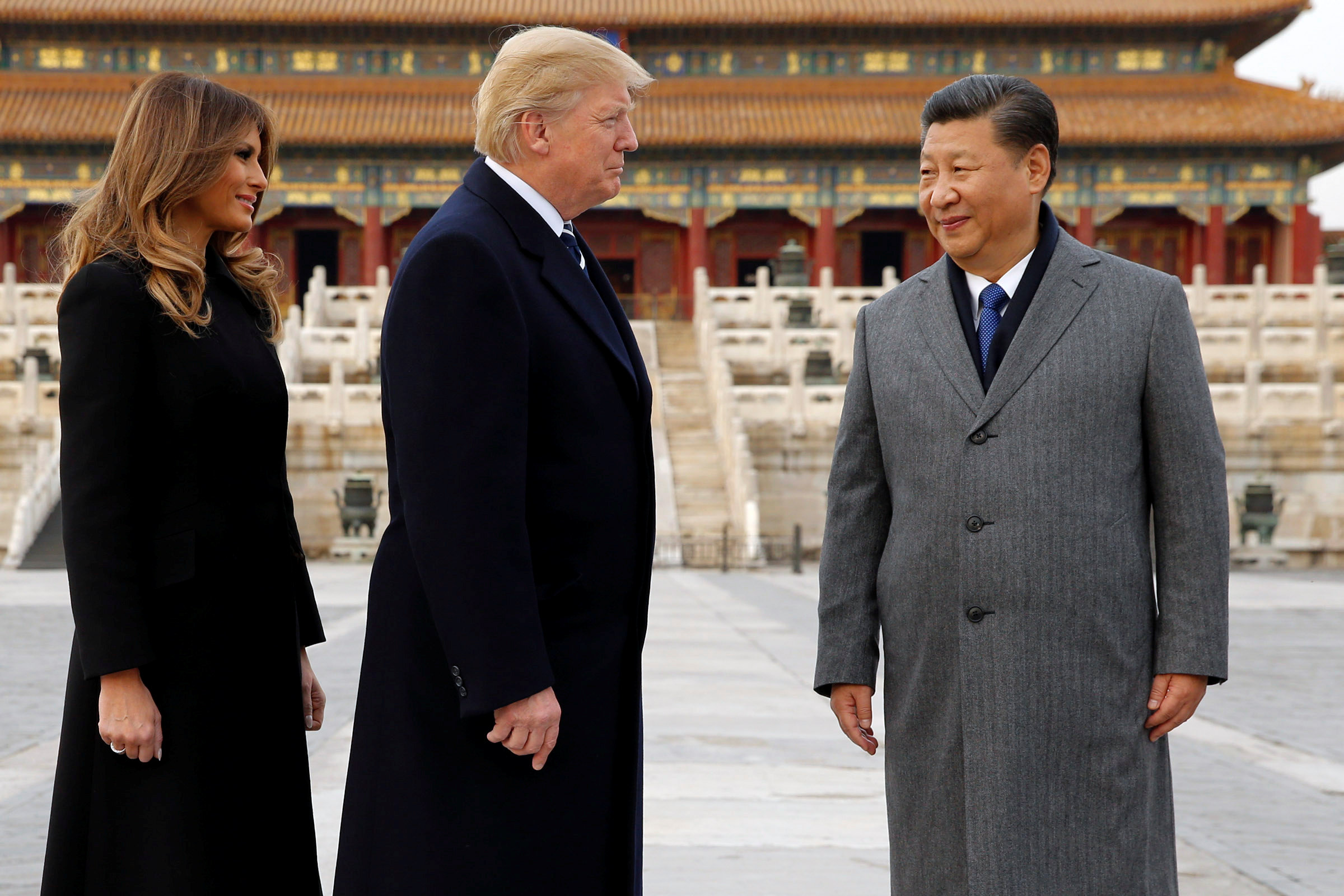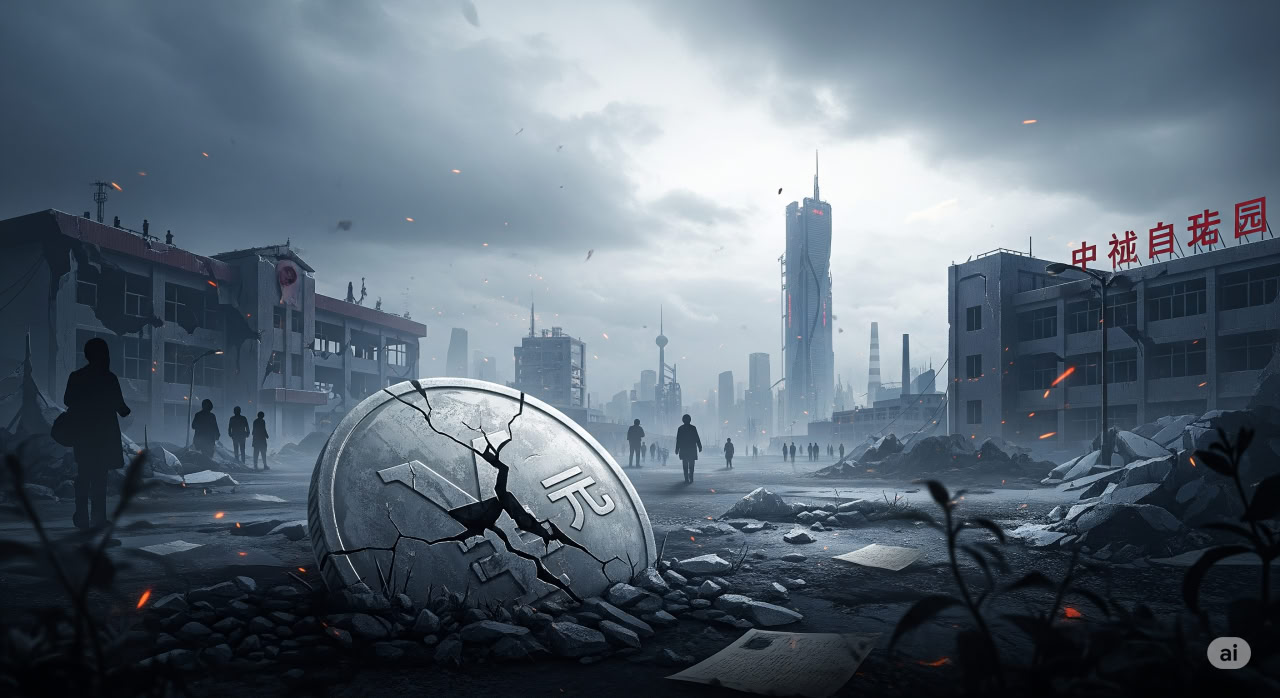NATO Secretary-General Mark Rutte’s warning couldn’t have been clearer: Estonia has perhaps five to seven years before Vladimir Putin sets his sights on the Baltic nation. What’s remarkable isn’t just the specificity of that timeline, but how seriously Estonia is taking it—transforming itself into what might be the most militarized small nation in Europe.
The arithmetic is sobering. Estonia’s entire active military numbers just 7,700 personnel against Russia’s 1.32 million. The country has five aircraft to Russia’s 4,300, no tanks whatsoever, and a navy consisting of eight patrol boats facing down 419 Russian naval assets. Yet Estonia isn’t planning to surrender—it’s planning to make Putin pay dearly for every mile of Baltic soil.
This isn’t blind optimism. Estonia’s strategy rests on a brutally realistic assessment: they can’t win a direct confrontation with Russia, but they can buy time for NATO’s Article 5 to kick in. The question is whether they can hold out long enough for that collective defense to matter.
The preparations are comprehensive and, frankly, impossible to miss. Estonia has withdrawn from the Ottawa Treaty banning anti-personnel landmines, joining Poland, Finland, and the other Baltic states in creating what officials openly call a new “Iron Curtain.” The 210-mile border with Russia is being fortified with bunkers, ammunition depots, anti-tank barriers, and enough landmines to make any Russian advance a grinding affair.
What’s particularly telling is how openly Estonia is conducting these preparations. The massive Hedgehog 25 exercise in May involved 16,000 soldiers from 10 NATO countries rehearsing scenarios that weren’t exactly subtle—mock Russian forces launching cross-border invasions. Estonian officials tested everything from emergency sirens to F-16 response times, sending an unmistakable message to Moscow: we’re getting ready.
The city of Narva presents the starkest microcosm of Estonia’s challenge. Sitting within artillery range of Russia, with over 90% of its population speaking Russian as their native language, it’s practically tailor-made for Putin’s playbook. The parallels to eastern Ukraine are unavoidable—ethnic Russian populations, dual citizenship, and a history of Russian rule that Putin can twist into justification for “liberation.”
Indeed, Putin’s historical arguments for expansion reach far beyond Soviet nostalgia. His comparison of himself to Peter the Great during the Ukraine invasion wasn’t accidental. It was Peter who wrested control of the Baltic states from Sweden in the early 18th century, and Putin clearly sees himself as heir to that imperial legacy. The Carnegie Endowment’s observation that Putin is fundamentally anti-Soviet, preferring the tsarist empire to Lenin’s creation, helps explain why Estonia—never part of the Soviet Union’s original design—remains on his radar.
The hybrid warfare is already underway. Russian surveillance balloons cross the border, GPS jamming disrupts communications, and Moscow has removed maritime boundary markers. These aren’t random provocations—they’re probing actions, testing Estonia’s responses and capabilities while gradually normalizing the idea of Russian interference.
Estonia’s response has been to lean heavily into NATO’s collective defense promise, but also to prepare its own population for the worst. Civilian defense leagues train near the border, sirens have been installed across the country, and the government has committed to spending 5.4% of GDP on defense—making it one of the first NATO members to exceed the organization’s ambitious 2035 target.
What’s troubling is the timeline. Rutte’s five-to-seven-year warning assumes NATO will make the necessary investments to deter Russian aggression. But military buildup takes time, and Putin’s calculus may shift if he perceives weakness or division within the alliance. The war in Ukraine has depleted Russian conventional forces, but it’s also demonstrated Moscow’s willingness to absorb enormous casualties in pursuit of territorial gains.
The stakes extend far beyond Estonia’s borders. A Russian invasion of a NATO member would trigger Article 5 for the first time in the alliance’s history, potentially drawing the United States into direct conflict with Russia. Estonia’s preparations are as much about preventing that scenario as surviving it—the theory being that visible readiness to inflict serious costs might deter Putin from rolling the dice.
Whether this strategy will work depends largely on factors beyond Estonia’s control. NATO’s unity, American commitment, and Putin’s own risk tolerance will ultimately determine whether Estonia’s impressive preparations remain a deterrent or become a desperate last stand. But one thing is certain: if Putin does decide to test NATO’s resolve, he’ll find Estonia ready for the fight of its life.


